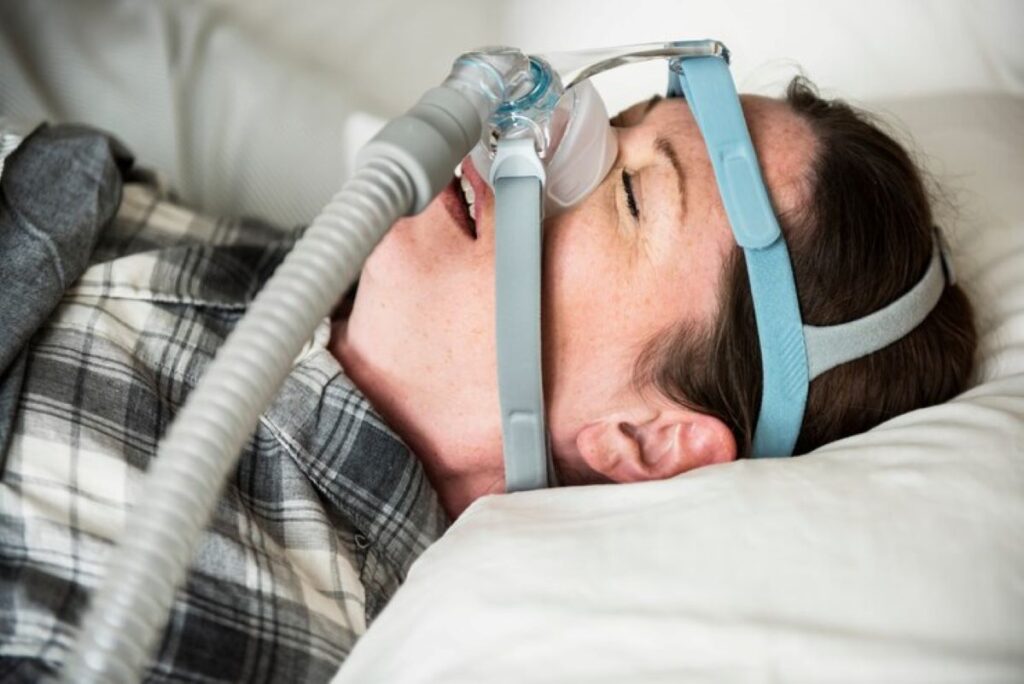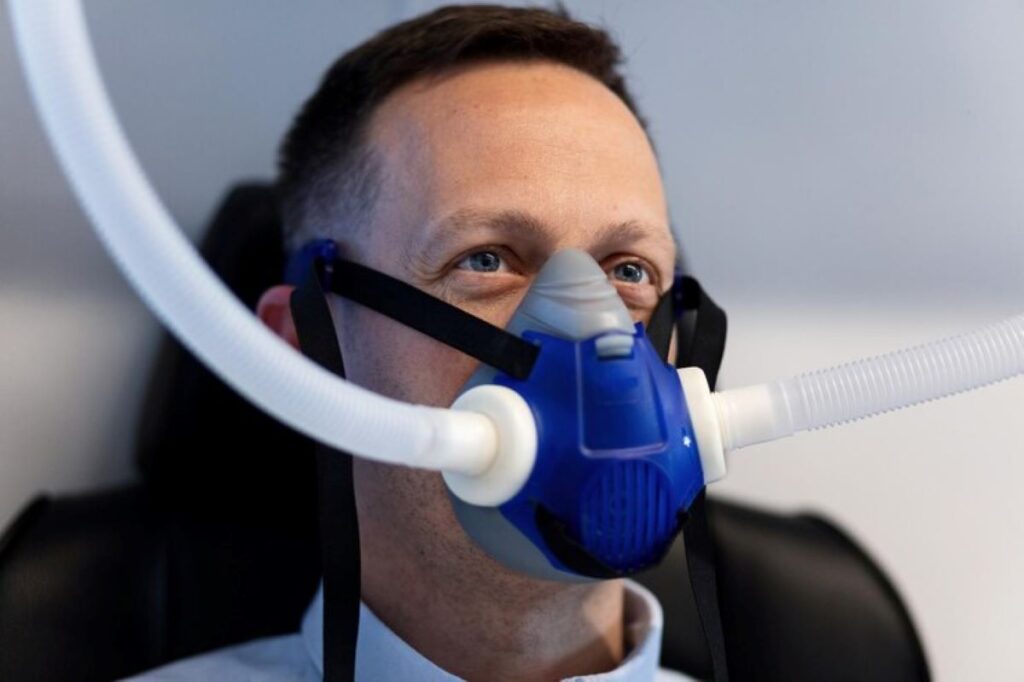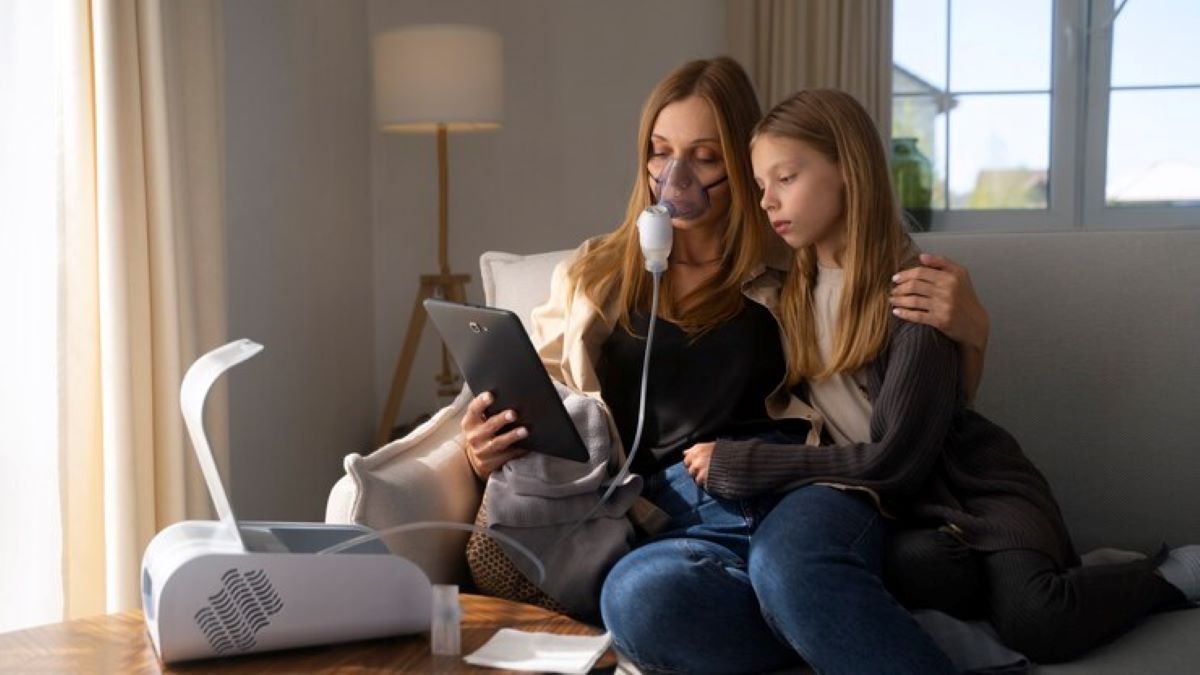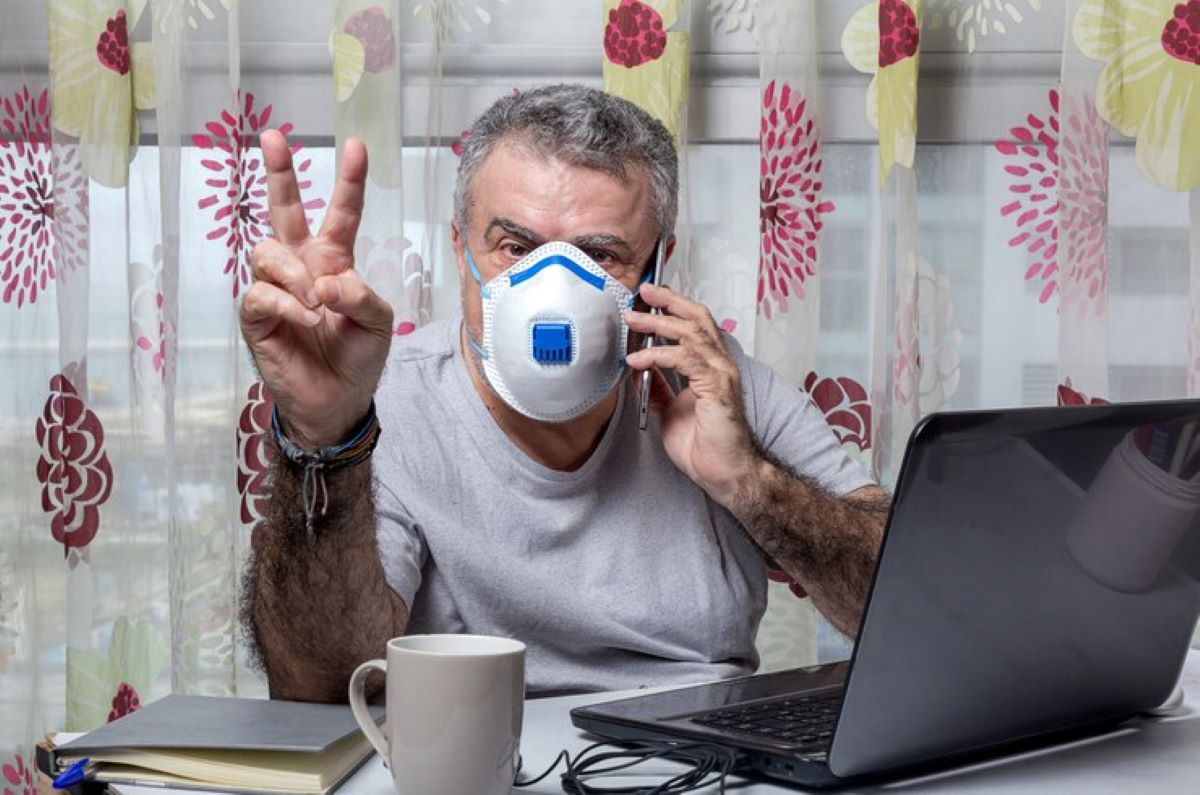This comprehensive guide aims to introduce beginners to the world of CPAP (Continuous Positive Airway Pressure) masks. As these devices play a crucial role in treating sleep apnea, understanding their functionality, varieties, and usage is essential for a comfortable and effective experience. Whether you’re newly diagnosed or seeking to improve your current setup, this article covers everything you need to know about CPAP masks.
Understanding the Basics of CPAP Therapy
The journey into the realm of CPAP therapy can be daunting for those just starting. However, gaining an understanding of its fundamental aspects can demystify the process significantly.
What is CPAP therapy?
CPAP therapy is a treatment method designed to help individuals suffering from obstructive sleep apnea (OSA). This condition occurs when the throat muscles intermittently relax and block the airway during sleep, leading to disrupted breathing and poor-quality rest.
The CPAP machine generates a steady stream of air that keeps the air passages open. This prevents the pauses in breathing and associated symptoms of OSA, such as loud snoring and daytime fatigue. Best CPAP mask is integral to the therapy’s success, as it ensures a steady and comfortable flow of air during the night.
In addition to the standard CPAP device, there are also variations such as BiPAP and APAP machines, which offer different pressure settings tailored to the user’s breathing patterns. BiPAP machines provide two levels of pressure—one for inhalation and a lower one for exhalation—making it easier for some users to breathe out against the airflow. APAP machines, on the other hand, automatically adjust the pressure throughout the night based on the user’s needs, providing a more personalised experience. Understanding these options can empower individuals to choose the most suitable device for their specific circumstances.
Why is CPAP therapy important?
CPAP therapy is vital for those diagnosed with sleep apnea due to its numerous health benefits. By maintaining consistent airflow, it effectively mitigates the risks associated with untreated sleep apnea, such as cardiovascular issues, elevated blood pressure, and increased risk of stroke.
Moreover, successful CPAP therapy can result in improved sleep quality, enhanced mood, and increased energy during the day. A well-rested body and mind contribute to better overall health and well-being, allowing individuals to lead a more fulfilling lifestyle. Beyond the immediate benefits, studies have shown that consistent use of CPAP therapy can lead to long-term improvements in cognitive function, reducing the likelihood of memory issues and enhancing overall mental clarity. This is particularly significant for those in demanding jobs or with responsibilities that require sharp focus and quick decision-making.
Furthermore, the social implications of CPAP therapy should not be overlooked. Many individuals report a decrease in relationship strain due to reduced snoring and improved sleep quality for both partners. This can lead to a more harmonious home environment, fostering better communication and emotional connection. As such, CPAP therapy not only addresses physical health concerns but also plays a crucial role in enhancing interpersonal relationships, making it a comprehensive approach to improving quality of life.
Getting to Know Different Types of CPAP Masks
As you delve deeper into CPAP therapy, it’s crucial to familiarise yourself with the various types of masks available. Each type caters to specific preferences and needs, ensuring that users find the most suitable option for their therapy.
Full face masks
Full face masks cover both the mouth and nose, making them ideal for individuals who breathe through their mouths during sleep or require higher pressure settings. These masks provide a secure fit and are generally more effective for people with moderate to severe sleep apnea.
However, full face masks can feel bulkier and may restrict movement for some users. It’s important to balance comfort and effectiveness when choosing this type of mask. Additionally, many full face masks come with adjustable straps and a variety of sizes, allowing for a more personalised fit. Proper maintenance is also essential; regular cleaning and replacement of parts can enhance comfort and prolong the life of the mask.
Nasal masks
Nasal masks cover only the nose and are often preferred by individuals who breathe primarily through their noses. They are generally lightweight and less cumbersome compared to full face masks, allowing for greater freedom of movement during sleep.
Nonetheless, nasal masks may not be suitable for those who experience nasal congestion or tend to breathe through their mouths at night. Users should consider their individual sleep patterns when selecting this type of mask. Some nasal masks also feature a gel cushion that conforms to the face, providing a comfortable seal while minimising air leaks. Furthermore, they often come equipped with a quick-release feature, making it easier to detach the mask during the night without disturbing your sleep too much.
Nasal pillow masks
Nasal pillow masks utilise small, soft cushions that fit snugly inside the nostrils. They are incredibly lightweight and offer minimal coverage, making them a comfortable option for many users.
Despite their advantages, nasal pillow masks may not provide adequate support for individuals requiring higher air pressure or those who move around a lot during sleep. A trial run is often beneficial to determine whether this style is right for you. Many users appreciate the unobtrusive design, which allows for a more natural sleeping position and even the use of glasses. Additionally, nasal pillow masks often come with adjustable angles and sizes, ensuring a tailored fit that can accommodate various facial structures and sleeping styles.

How to Choose the Right CPAP Mask for You
Selecting the right CPAP mask is pivotal for effective therapy. Consideration of various factors can lead to a more comfortable and satisfactory experience.
Factors to consider when choosing a mask
When selecting a CPAP mask, contemplate several essential factors:
- Personal comfort and fit
- The severity of your sleep apnea
- Breathing habits – nasal or mouth breathing
- Your sleep position
- The level of air pressure required
Understanding these factors can help guide your decision and ultimately enhance the effectiveness of your therapy. You may like to get a guide about the physics of human breathing let’s visit https://pmc.ncbi.nlm.nih.gov/articles/PMC8672270/
Understanding mask sizes and fit
A proper fit is crucial for CPAP masks. Most manufacturers provide sizing guides to help you select the right size based on your facial dimensions. It’s advisable to try on various sizes to determine which mask best conforms to your face shape.
Moreover, the mask should create a seal without applying excessive pressure that could cause discomfort or skin irritation. Regularly checking the fit of your mask is crucial as any changes in weight or facial structure can affect performance over time.
Tips for Getting Comfortable with Your CPAP Mask
Adjusting to wearing a CPAP mask
Initially, wearing the CPAP mask may feel strange or uncomfortable. Gradually acclimating to the therapy can ease the transition. Start by wearing the mask for short periods during the day, so you can get used to the sensation without the pressure of falling asleep with it.
As you become more comfortable, gradually increase the amount of time you wear it. It’s essential to remain patient and give yourself time to adapt, as many users eventually find the mask to be a valuable addition to their nightly routine.
Dealing with common mask-related issues
Even with the best masks, common issues may arise, such as air leaks, skin irritation, or discomfort. Here are some preventive measures and solutions:
- Ensure the mask is correctly fitted and adjusted.
- Consider using a mask liner or cushion to reduce skin irritation.
- Regularly clean your mask to avoid build-up that could hinder performance.
- Consult with a healthcare provider for persistent issues.
By being proactive about addressing these concerns, you can significantly improve your experience with CPAP therapy.
Maintaining and Cleaning Your CPAP Mask
Maintenance and hygiene are critical aspects of effective CPAP mask usage. A well-kept mask not only performs better but also promotes overall health by reducing the risk of infections.
Daily cleaning routine for your mask
A daily cleaning routine is essential to keep your CPAP mask in good condition. After each use, gently wash the mask with warm, soapy water. Pay special attention to the areas that come into direct contact with your skin.
Rinse thoroughly to remove any soap residue and allow the mask to air dry completely before using it again. This simple routine can help prolong the lifespan of your mask and ensure optimal performance.

When and how to replace your CPAP mask
Over time, CPAP masks can wear out due to regular use, exposure to oils from the skin, and everyday wear and tear. Generally, it’s recommended to replace the mask every three to six months, though this may vary based on usage.
When replacing your mask, consult with your healthcare provider or CPAP supplier to find the best options based on your therapy needs. Regularly updating your equipment ensures you’re receiving the most efficient and effective treatment possible.
In conclusion, embracing CPAP therapy and understanding its associated masks can significantly enhance the quality of your sleep and overall health. By exploring the different mask options, assessing your personal needs, and maintaining equipment properly, you can pave the way for a successful journey towards restorative slumber.


